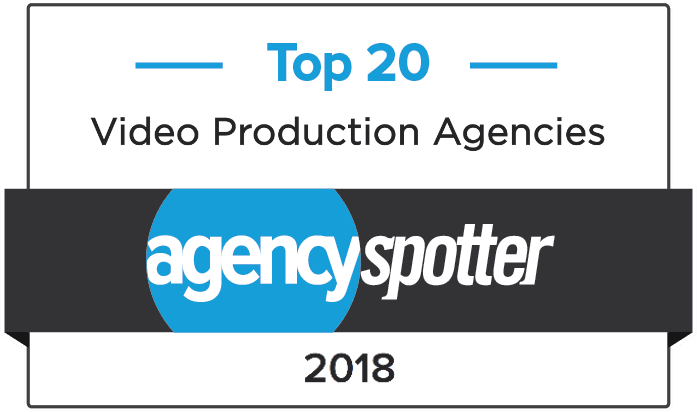The way your marketing video looks will have a huge impact on how your audience perceives your message, and even your brand. That’s why it is critical to pick the right visual style for your specific project. But there are so many potential directions, how do you determine which is best?
Fret no longer! This guide will help you understand the most common style categories, as well as their strengths and weaknesses so you can make an informed decision. Just keep in mind that many of these styles can be combined to create a unique hybrid look.
2D Animation
2D animation is great for presenting conceptual or high-level information in an engaging way. It is created with flat illustrations and textures that are drawn by a digital artist. This style offers a tremendous amount of flexibility and can be customized to fit the colors of your brand and website.

It is possible to achieve a number of different “feels” with 2D graphics, ranging from serious and professional to friendly and cartoon. If you go with this style, it is important to have the feel tailored to fit your brand voice and message. Here are some examples of different “feels”:
Potential Downsides
It can be difficult to convey detailed, or realistic information with 2D animation. On the other side of the spectrum, it also lacks the emotional connection that can come from real images of people. Because of these factors, is it best used for conceptual messages.
Live Action
This style is all about real images of people, places, and things. It is great for building an emotional connection with viewers, or showing how a product works in the real world.

In some cases, footage can be captured specifically for your project, and in others pre-filmed “stock” assets can be used. The best approach depends on the type of video, and project budget. Here are some examples:
Potential Downsides
Live Action is usually not great for communicating conceptual or abstract information, and it can actually distract from the “bigger-picture” because viewers tend to focus on details. Overall it is best to use this style for emotional promo videos, or realistic product demonstrations.
3D Animation
3D animations are all about depth and realism. Abstract 3D visuals can be used to present concepts, while more concrete styles can be used to demonstrate products or provide detailed examples and information.

Visuals are created with models that can be turned and manipulated in three dimensional space. While colors and detail levels can be customized, this style is generally best for presenting things with a realistic, high-tech, or professional “feel”. But there are exceptions to every rule. Check out some samples:
Potential Downsides
Similar to 2D animation, this style is not best for emotional messages or making a human connection. It is also one of the more expensive styles to produce. Because of this, we primarily recommend it for high-tech promos, product demonstrations, or videos that need a premium look.
Other Styles
While most visuals fall into one of the first three categories covered above, there are a few noteworthy sub-styles that also need to be mentioned.
Whiteboard Videos
As the name suggests, whiteboard videos look like they are being sketched out on a whiteboard. A few years ago, it was super trendy to use the whiteboard style for promo videos and it was overused. Because of this, we usually recommend this style for educational and informational videos.
App Screen Capture Demos
Usually combined with other styles of animation, screen capture demos incorporate actual shots of an app or software application. It is a great way to give viewers a preview of what your program looks like, and how it works.
Conclusion
The way your videos look is often one of the first impressions a potential customer will form of your brand. It is very important that they come away with the right message. Hopefully this guide has provided you with a clearer idea of the different visual styles available, and which one is the best fit for your project.
Ready to learn more?
Check out this post on targeting specific stages of the buyer journey with different types of video content: What Type of Video Do I Need?





